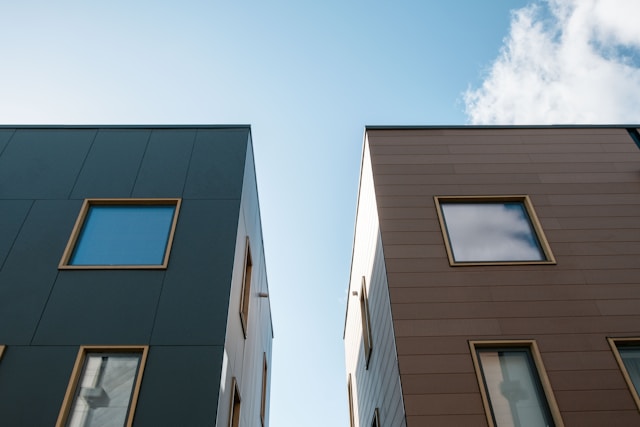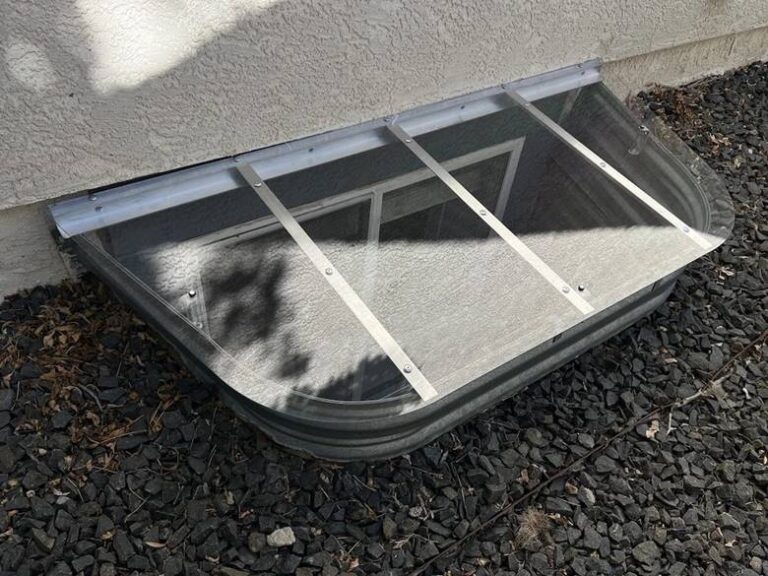Photo by Dan Burton on Unsplash
Most property developers don’t have the best reputation when it comes to environmental friendliness. After all, there are significant environmental impacts associated with construction, including resource consumption, embodied carbon emissions, and waste production.
However, the industry having a reputation for not considering the environment doesn’t mean that individual property developers have to carry that same reputation. You can try to be an eco-friendly property developer that stands out to purchasers in the following ways:
Work with Environmental Compliance Experts
You don’t always naturally know how to improve your environmental practices. That’s why aligning with experts like Syman makes sense. You can let them take the lead in highlighting the best ways to reduce your ecological impact.
For example, experts in environmental compliance can provide erosion control measures and compliance services to ensure adherence to regulations. Their advice can be invaluable when you need to meet environmental regulations and want to minimize your impact during large-scale development projects.
Be Strategic with Site Selection and Planning
There’s more to site selection than simply finding one that’s large enough, priced competitively, and has the smallest number of building restrictions. When considering the environment more, you should also prioritize brownfield sites, which are land that has been abandoned or underused, or land that has been previously developed. Such sites should be considered over untouched natural areas.
It also doesn’t hurt to factor in the future needs of the occupiers of that land. You can choose sites with good access to public transport and amenities, so people aren’t so dependent on their cars. You may even decide to preserve biodiversity by investing in native landscaping, establishing wildlife corridors, and incorporating green spaces. While the site selection process can take longer, the long-term benefits can be substantial.
Community & Social Sustainability
True sustainability means more than protecting the planet. It also means building strong, healthy communities.
Developers can help by:
- Creating walkable neighborhoods close to schools, clinics, and jobs.
- Adding parks and green spaces that boost mental health and support wildlife.
- Including affordable housing so everyone can share in the benefits.
The United Nations Sustainable Development Goals (SDGs) stress that mixing social and environmental goals builds stronger, fairer communities that last.
The Business Case for Eco-Friendly Development
Green building is good for the planet—and for your wallet.
The World Green Building Council reports that eco-friendly buildings cut operating costs by up to 9%. They also boost property values by about 7% in the first few years. That means higher resale prices, lower long-term upkeep, and stronger demand from tenants.
Buyers and investors now look for homes and offices with clear sustainability features. A Dodge Data & Analytics study found that owners of green buildings saw asset values rise by 10%. On top of savings, these properties attract more institutional investors, who use Environmental, Social, and Governance (ESG) ratings to guide decisions.
In short: eco-friendly projects are smart, profitable, and future-ready.
Design with Energy Efficiency in Mind
Property developers consider several factors when designing new properties, including budget and financing, functionality, resale value, and site and land characteristics. However, being an eco-friendly developer also means considering an energy-efficient building design.
Start incorporating passive design principles into your building plans, like natural lighting, proper insulation, and cross-ventilation. You may also consider renewable energy systems, such as solar panels, heat pumps, and geothermal energy.
If you genuinely want to stand out from the crowd with an eco-friendly development, strive for certifications such as LEED, Passive House, or BREEAM, depending on your location and goals. Don’t be afraid to align with environmental experts who can take the lead as you start the design process.
Use Sustainable Materials and Construction Practices
Many developers opt for a balance of quality and value for money when choosing building materials. However, being more eco-friendly also means factoring in sustainability. Research sustainable building materials that would be suitable for your project, such as reclaimed wood, bamboo, hempcrete, and low-VOC paints.
You can even look at ways to build with less impact on the environment, such as reducing construction waste through recycling programs and careful planning to use more of the materials you buy.
Lifecycle Carbon & Material Reuse
While energy-efficient design reduces emissions during a building’s operation, a large portion of environmental impact comes from embodied carbon — the emissions generated during the production and transport of construction materials. The International Energy Agency (IEA) estimates that embodied emissions account for 11% of global energy-related CO₂.
To reduce this impact, developers can:
- Use circular construction practices, such as reclaiming steel and wood from deconstructed buildings.
- Incorporate modular building systems, which allow components to be reused or reconfigured for future projects.
- Choose low-carbon alternatives like geopolymer concrete and carbon-neutral cement.
By considering the whole lifecycle of a building, developers can move closer to net-zero goals and reduce waste that would otherwise end up in landfills.
Conserving Water
While we have oceans and oceans of water, water conservation is more important than you might think. We need to reduce the strain on our limited freshwater resources, which are under threat due to climate change and increased demand.
As a property developer, you’re in a strong position to make a difference by considering water conservation in your future builds. Where regulations permit, consider rainwater harvesting systems and greywater recycling. Water-efficient landscapes, such as those featuring drought-tolerant plants, can make a difference, along with the use of low-flow fixtures in properties and the design of stormwater systems to minimize runoff.
Policy, Incentives & Regulations
- In the U.S., the Inflation Reduction Act (IRA) provides tax credits for renewable energy systems and energy-efficient upgrades (U.S. DOE).
- In the UK, developers can access grants through programs supporting low-carbon heat and building retrofits (UK Government BEIS).
- The European Union’s Green Deal includes stricter building performance standards and funding mechanisms to encourage net-zero construction (European Commission).
Staying aligned with local policies not only ensures compliance but can also provide significant cost savings and competitive advantage.
Investing in Smart Infrastructure
Smart infrastructure comes at a cost, and many developers want to keep their expenses as low as possible. However, there can be great value in investing in smart infrastructure from an environmental perspective.
For example, smart building technologies and energy-efficient HVAC can reduce long-term emissions. You can also reduce the environmental impact of future occupants in your developments by encouraging the installation of EV charging stations and cycling facilities. Thinking bigger, you can even plan mixed-use developments to reduce the need for commuting.
Case Studies & Global Examples
Successful eco-friendly developments show what’s possible:
- The Bullitt Center (Seattle, USA) – Dubbed the “greenest commercial building in the world,” it generates more energy than it consumes and uses rainwater harvesting .
- BedZED (London, UK) – A mixed-use eco-village with energy-efficient housing, renewable power, and strong community integration.
- One Central Park (Sydney, Australia) – Features vertical gardens, on-site renewable energy, and a central water recycling plant.
These examples demonstrate that eco-friendly development is not just theory—it’s achievable at scale, with proven benefits for both communities and investors.
Future Trends in Eco-Development
The construction industry is evolving rapidly, and several trends will define the next decade:
- Carbon-neutral cement & materials – With companies like Holcim and CarbonCure developing carbon-storing concrete.
- AI-driven smart buildings – Optimizing energy use in real-time through predictive algorithms.
- Net-zero communities – Entire neighborhoods designed to balance energy production and consumption.
- Biophilic design – Integrating natural elements indoors to enhance health and reduce energy needs.
Keeping pace with these innovations ensures developers remain competitive while contributing to global climate goals.
Being an eco-friendly developer doesn’t have to be as complicated as you think. Rely on the experts and be willing to adapt at every stage of the design and development process. You may then stand out as a developer for all the right reasons.




